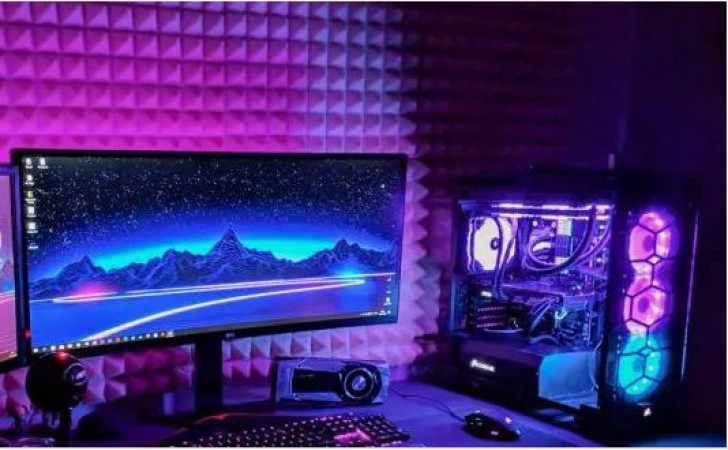
Building a custom PC for gaming or high-performance tasks can be an exciting and rewarding endeavor. With a custom-built rig, you have the freedom to choose every component to suit your specific needs and preferences. Whether you're a hardcore gamer, content creator, or professional in need of robust computing power, this guide will walk you through the steps to build a powerful custom PC that delivers exceptional performance.
1. Define Your Requirements
Before diving into the world of PC components, determine your specific requirements. Consider the types of games you play or tasks you need to perform, the desired resolution and frame rates, and any future upgrade plans. This will help you choose the right components that align with your needs and budget.
2. Choose the Right Processor (CPU)
The CPU is the heart of your PC, so select a powerful processor that can handle your gaming or productivity demands. Look for processors from reputable brands like Intel or AMD, and consider the number of cores and clock speeds for optimal performance.
3. Select the Graphics Card (GPU)
For gaming or high-performance tasks, a dedicated graphics card is essential. Choose a GPU from leading manufacturers like NVIDIA or AMD, with ample VRAM and CUDA cores for gaming or CUDA cores for creative work.
4. Pick the Motherboard
The motherboard acts as the backbone of your PC, connecting all components. Ensure it's compatible with your chosen CPU and GPU and has sufficient expansion slots and ports for future upgrades.
5. Install Sufficient RAM
Choose fast and ample RAM for smooth gaming or high-performance tasks. Aim for at least 16GB to 32GB of DDR4 RAM, depending on your requirements.
6. Opt for Reliable Storage Solutions
Consider a combination of SSD (Solid State Drive) and HDD (Hard Disk Drive) storage. An SSD will significantly improve system responsiveness, while an HDD can provide ample storage for large files and games.
7. Power Supply and Cooling
Invest in a high-quality power supply with sufficient wattage to support your components. Additionally, choose a cooling solution, such as air or liquid cooling, to keep your PC running at optimal temperatures during intense tasks.
8. Case and Aesthetics
Select a PC case that accommodates your components and offers good airflow. Aesthetics matter too, so choose a case that reflects your style and has features like cable management.
9. Assemble and Install
Carefully assemble the components into the case, following the manuals and instructions. Install the operating system and drivers, and ensure all components are recognized by the system.
10. Test and Fine-Tune
After assembling, run stress tests to ensure stability and performance. Fine-tune BIOS settings, update drivers, and install essential software to maximize your PC's potential. Building a custom PC for gaming or high-performance tasks may seem daunting, but with proper research and attention to detail, it can be a rewarding experience. Enjoy the benefits of a PC tailored to your needs, providing exceptional performance for years to come.
Check Out the Ideal Sunday Routine to Prevent Monday Depression
7 Heat-Free Methods For Straightening Hair During The Monsoon